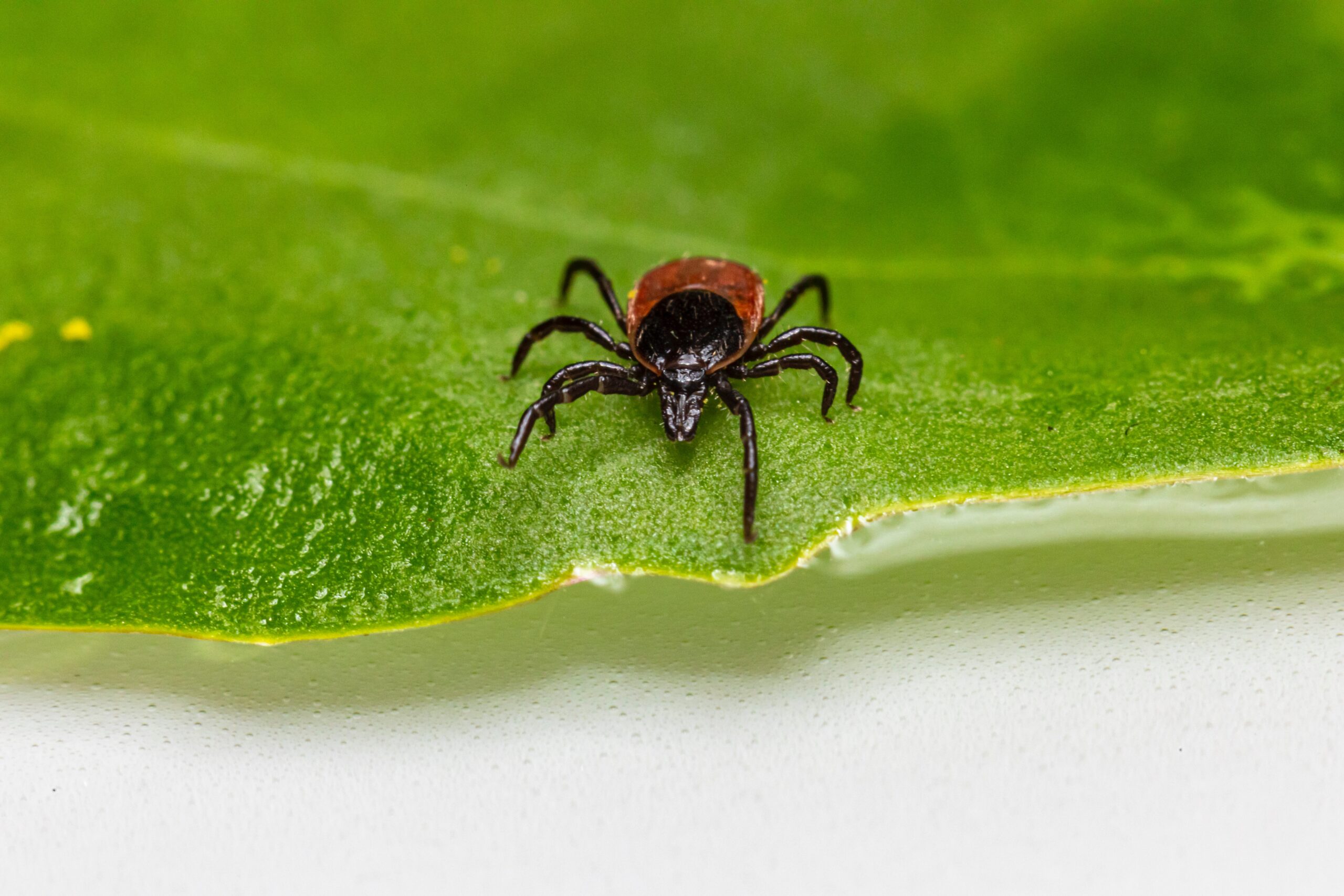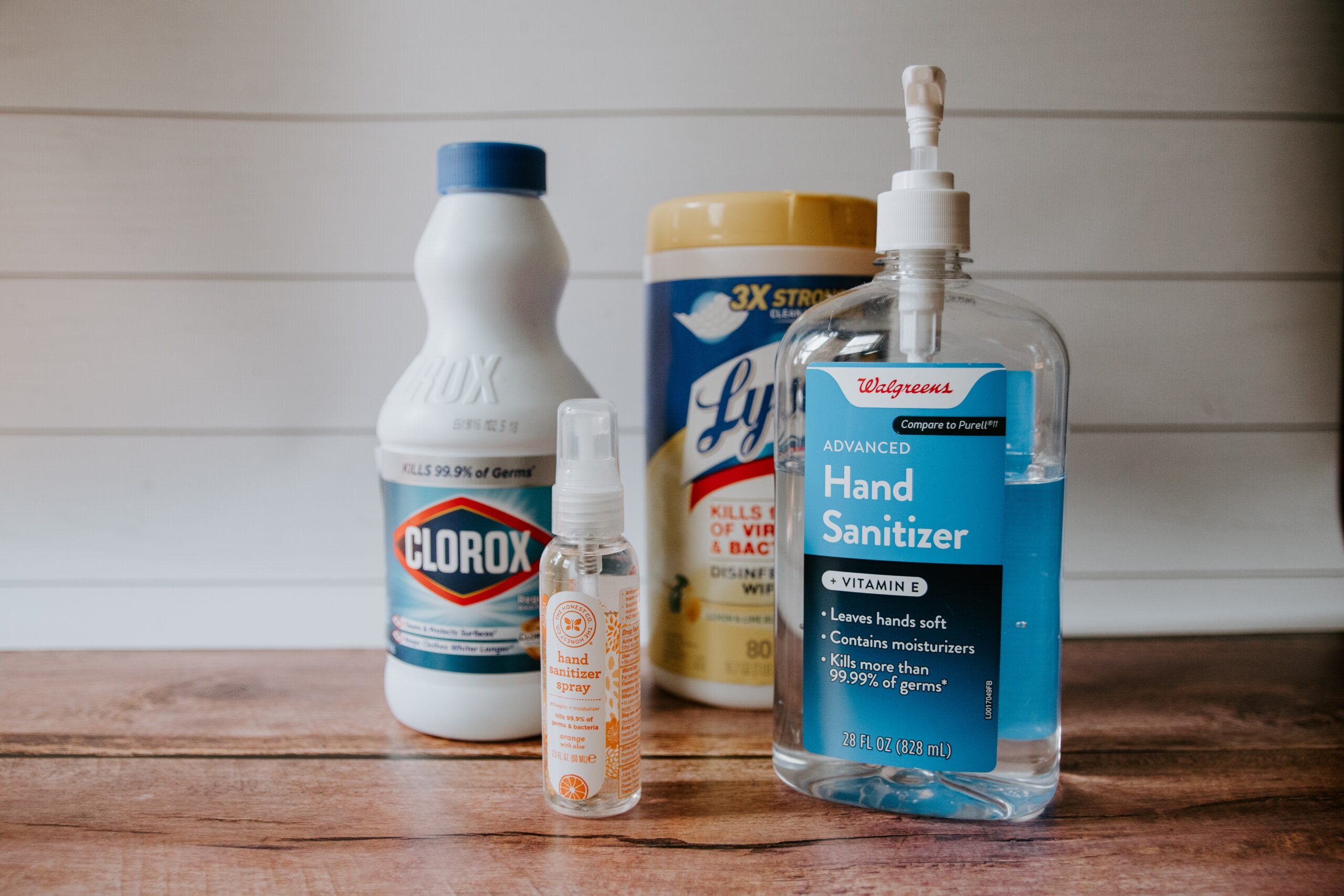The term typhus encompasses three main types of typhus – epidemic typhus, endemic typhus, and scrub typhus. Each one of these diseases is caused by a different bacteria and passed to people by various means. Most people infected with typhus are bitten by insects such as ticks, lice, fleas, and mites that carry rickettsial bacteria.
Typhus used to be a dangerous disease, killing millions of people worldwide. It is a rare condition today and can be treated with antibiotics. However, people who develop typhus still experience many symptoms, which can lead to severe health issues if left untreated.
The most common symptoms of typhus include fever, headaches, nausea, vomiting, and dry cough. At first, it may seem like a typical flu and other airborne diseases.

Each type of typhus is transmitted from animals to humans. Even though their symptoms may mimic flu, it does not spread from person to person. Depending on the type of typhus, it can be transmitted by fleas, body lice, chiggers, and ticks.
Advancements in personal hygiene and basic sanitation lowered human exposure to insects, mostly stopping typhus from occurring as a result. However, the infection may still happen, leading to the development of one of the three types of typhus.
Epidemic typhus (louse-borne typhus, recrudescent, or sporadic typhus) is rare and the most severe form of typhus. It is caused by Rickettsia prowazekii bacteria and usually gets transmitted to humans via lice. The infections mainly occur in overcrowded areas where hygiene and sanitation practices are poor, such as prisons and refugee camps. Animals that carry lice with Rickettsia prowazekii are usually rats, but in very rare instances, the infection may occur due to flying squirrels.
Common symptoms of epidemic typhus include:
Rarely, severe forms of epidemic typhus may lead to kidney failure and encephalitis (brain inflammation).
Endemic typhus is also known as murine typhus and jail fever. The infection mainly occurs because of fleas that feed on rodents' blood (rats, mice, and squirrels) and get infected with the bacteria Rickettsia typhi.
Endemic typhus is similar to epidemic typhus but is less severe. Possible outcomes of the infection include:
People who have close contact with rodents are at risk of getting infected with Rickettsia typhi. There is no vaccine to cure or prevent endemic typhus, but it can be prevented by practicing good hygiene, keeping clean living conditions, and reducing exposure to rats.
Scrub typhus is transmitted to humans by chiggers, also known as berry bugs, red bugs, and bush mites. Chiggers are larval mites that live in grass and wooded environments. They may cause scrub typhus if they are infected with Orientia tsutsugamushi bacteria.
Scrub typhus is most often observed in Papua New Guinea, Asia (China, Japan, India), Australia, and the Pacific Islands.
Possible health problems caused by scrub typhus are as follows:
Severe cases of scrub typhus may also cause organ failure and bleeding. All three types of typhus can be easily and quickly treated with antibiotics. Complications, including injury to kidneys and brain, may occur if treatment is applied late.

The incubation period slightly varies depending on the type of typhus. On average, symptoms appear after 14 days after you get bitten by lice, fleas, mites, or ticks. People who travel to typhus-prone countries, overcrowded areas, or visit risk places such as homeless and refugee camps may not realize they get bitten and infected with one of the typhus types. Many people start noticing symptoms after returning home and wonder why they are sick. If typhus does not cause rash, narrowing down the possible causes may be difficult.
Several factors increase the risk of getting infected with typhus disease. The most notable ones include the following:
Travelers visiting certain developing countries are also at risk of getting infected with typhus. The most typhus-prone countries include African countries, most countries of South Asia and the Middle East, Papua New Guinea, India, Bangladesh, and Pakistan. If you decide to visit one of these regions, follow precautionary tips to reduce the risk of typhus.
Untreated typhus may lead to the development of severe and even life-threatening health issues. These include:
Other complications that may occur include:
Medical professionals diagnose typhus by combining the information they obtain from physical exam, patient's medical history, visual examination, and tests to determine the presence of typhus bacteria.
Diagnosis of typhus can be challenging, but some information may help a doctor to narrow down the possible causes. For instance, one clue is when flu-like symptoms such as headache, high body temperature, fatigue, and body aches are accompanied by a red rash. However, not everyone notices it, especially in cases of endemic typhus, where the rash lasts for a short time. If a doctor suspects typhus or another rare disease, they will ask if you traveled recently or spent time in crowded areas.
Typhus cannot be diagnosed based only on a physical exam and requires tests to be ruled out or confirmed. These usually include:
Early diagnosis of all three types of typhus is crucial to avoid complications of late typhus. If you have recently been bitten by an insect and experience headaches, rash, fatigue, or body aches, seek medical attention as soon as possible. You will need to undergo antibiotic therapy to get rid of the symptoms.
Symptoms of typhus are similar to other infectious conditions, which makes it a diagnostic challenge. Three diseases may mimic typhus:
“Typhoid” and “typhus” may sound similar, but they refer to different health conditions with distinct causes, symptoms, and ways they get transmitted. While both diseases can lead to serious health issues if left untreated, they are caused by different bacteria and passed to humans through other means.
Typhoid fever, caused by the bacterium called Salmonella typhi, is a systemic infection that primarily affects the gastrointestinal system. Unlike typhus, typhoid is not transmitted by insects but through contaminated food and water. It is more commonly associated with regions that have inadequate sanitation and water treatment facilities.
Typhoid fever typically causes symptoms such as high fever, abdominal pain, diarrhea, constipation, headache, and weakness. No characteristic rash is associated with typhoid, which sets it apart from typhus.
Typhoid and typhus share some common symptoms – distinct diseases caused by different pathogens and transmitted through various routes.
All forms of typhus are treated with antibiotics. People who start treatment early usually get rid of symptoms in 7 to 10 days. In some cases, full recovery may take longer. If treatment is delayed, additional health issues may develop, complicating the healing process.
Patients must complete the entire course of antibiotics even if they start feeling better before the medication is finished. This helps ensure complete eradication of the bacteria and reduces the risk of recurrence.
In very rare scenarios, untreated endemic typhus may lead to life-threatening complications and even death. Its death rate is 2% of untreated cases, which is way less than epidemic typhus (10 to 60% of deaths). Untreated typhus has the highest death rate in people over 60 years old.
Hospitalization may be necessary in cases of severe typhus or complications like pneumonia or encephalitis. Hospital care can provide supportive treatment, such as intravenous fluids and medications, to manage symptoms and prevent complications. Patients with severe typhus may also require close monitoring of vital signs and organ function.
If you suspect you have typhus or have been in an area with a risk of typhus transmission, seek medical attention promptly. Swift diagnosis and treatment significantly increase the chances of a full recovery and minimize the risk of infection complications.
While certain practices may lower the risk of typhus infection, obtaining complete immunity to this disease is not possible. According to the experts, avoiding insects that transmit typhus bacteria (lice, ticks, fleas) is one of the most critical factors in lowering the chance of infection. Typhus bacteria is most likely present in rodent-prone areas, so reducing the population of rats and mice is an effective countermeasure against outbreaks.
However, vectors infected with bacteria may also be found on domestic animals. In this case, treating animals and regularly cleaning their skin can limit human exposure to infected insects.
Many experts believe that an effective way to prevent typhus is to combine several strategies and efforts:

Typhus is a group of infectious diseases caused by different bacteria and transmitted to humans through insect vectors such as ticks, lice, fleas, and mites. The three main types are epidemic typhus, endemic typhus, and scrub typhus. While typhus is rare today and can be treated with antibiotics, it can lead to severe health issues if left untreated.
Common symptoms include fever, headaches, nausea, vomiting, and a dry cough, often resembling the flu. Epidemic typhus is the most severe form and is transmitted by lice, while endemic typhus is less severe and spread by fleas that feed on rodents. Chiggers usually transmit scrub typhus.
Early diagnosis through tests like Western blot and skin biopsy is crucial for timely antibiotic treatment. If untreated, typhus can lead to complications like hypovolemia, septic shock, pneumonia, and encephalitis. Understanding the differences between typhus and similar diseases like malaria, brucellosis, and dengue is essential for accurate diagnosis.
Treatment involves antibiotics, with quick initiation ensuring a faster recovery and reducing complications. Severe cases may require hospitalization for supportive care.
Prevention involves basic sanitation practices, maintaining good personal hygiene, controlling rodent populations, and using insecticides when necessary.